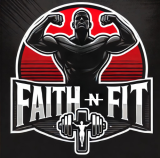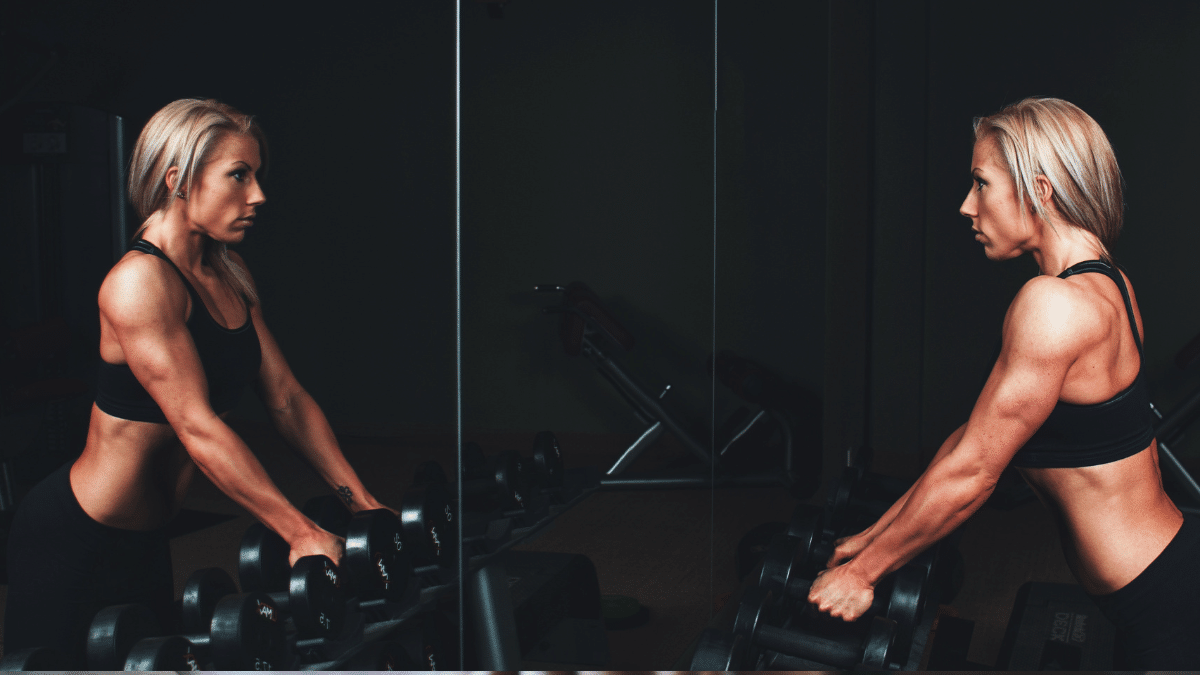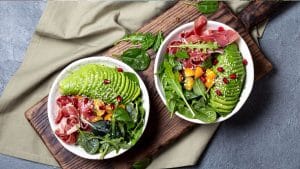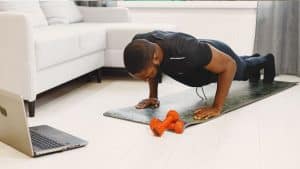Many gym-goers chase the burn, the pump—and especially the sweat and soreness—believing they signal muscle growth. But do they?
Let’s break down what science and real-world experience say about these two sensations and how they actually relate to building muscle.
💦 Does Sweating Mean You’re Gaining Muscle?
Sweating is your body’s cooling mechanism, not a growth signal.
- It reflects temperature regulation, not effort or muscle activation.
- You can sweat heavily during cardio or heat exposure without muscle damage or hypertrophy.
- Likewise, you might not sweat much during heavy strength training, yet build plenty of muscle.
The takeaway?
Sweat measures how hot you’re getting, not how hard your muscles are working.
😣 What About Muscle Soreness?
Muscle soreness, or DOMS (delayed onset muscle soreness), can occur after:
- New exercises
- Increased volume or intensity
- Eccentric movements (lowering phase of a lift)
But soreness doesn’t equal growth.
Why?
- Soreness is a sign of muscle damage, not muscle construction.
- Too much soreness can impair recovery and reduce training frequency.
- Experienced lifters often grow with minimal soreness, because their muscles adapt.
📉 Why You Shouldn’t Rely on Sweat and Soreness
| Signal | What It Means | Does It Equal Growth? |
|---|---|---|
| Sweat | Body cooling | ❌ |
| Soreness | Muscle damage | ❌ |
Instead of chasing feelings, chase performance markers like:
- Heavier weights lifted
- More reps completed
- Shorter rest times
- Muscle fatigue and pump during sets
These indicate you’re progressing—and that builds muscle.
✅ Real Signs You’re Building Muscle
- Progressive Overload
You lift more weight or volume over time. - Training Near Failure
You’re pushing muscles to the point of fatigue. - Consistent Tension
You feel the target muscle working under control. - Visual and Strength Changes
Your physique and lifts are improving gradually. - Proper Recovery
You’re eating in a calorie surplus and getting rest.
Sweat and soreness are side effects—not benchmarks.
🧪 What Do Studies Say?
- A 2012 study published in the Journal of Strength and Conditioning Research found DOMS is not required for muscle growth.
- A 2020 meta-analysis concluded that training volume and mechanical tension are far more predictive of hypertrophy than muscle damage or soreness.
Translation: Feeling sore doesn’t mean you’re getting results—stimulus does.
🎯 Focus on Muscle-Building Triggers
Instead of measuring effort by pain, focus on:
- Volume: Total reps × sets × weight
- Intensity: Train to 1–3 reps before failure
- Frequency: Train each muscle 2×/week
- Nutrition: Calorie surplus + protein (0.8–1g/lb body weight)
That’s the formula for real gains.
🧠 Key Takeaways
- Sweat and soreness are not reliable indicators of muscle growth.
- Real muscle growth comes from progressive overload, fatigue, and volume.
- Chase performance metrics, not physical discomfort.
- If you feel no soreness but you’re getting stronger—you’re on the right track.
- Don’t train for soreness. Train for stimulus, recovery, and results.
Read Next…
- How to Safely Transition Out of Ketosis
- Why You Have Problems Sleeping Once You Reach 50
- The Dangers of Ketosis While Fasting
- How to Use Functional Exercise to Improve and Determine Longevity
- How to Use a Breath Ketone Meter on a Fast or Keto Diet
Subscribe now and get a 14-day free trial workout app for iPhone users.





